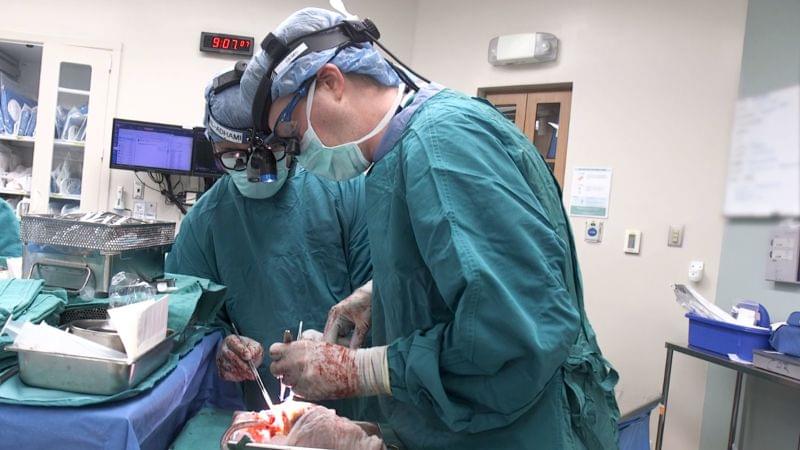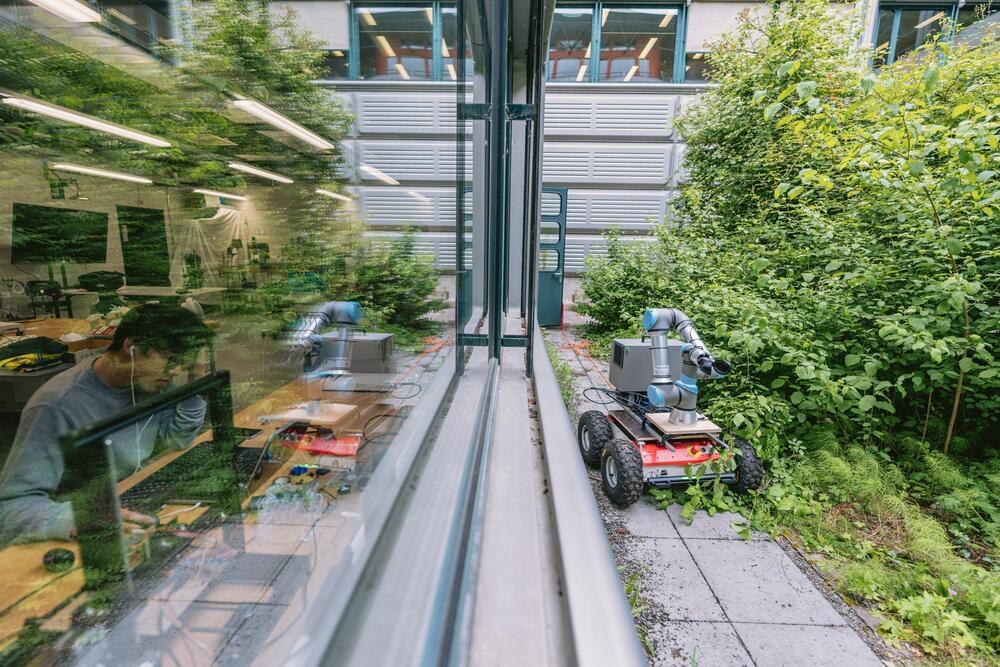Following the announcement of Vision Pro at WWDC yesterday, Apple is providing more details about the headset itself and the visionOS software platform in developer sessions. In a session on Tuesday, called “Design for spatial input,” Apple showcased two ways to interact with Vision Pro: a floating in-air keyboard and pairing a keyboard via Bluetooth.
Text input has been one of the most common questions about Vision Pro so far. In this WWDC session for developers, Apple points out two ways users can input text with Vision Pro.
First, you can type using a virtual keyboard with your fingertips. Apple explains that the keyboard’s design is meant to help guide users toward the button surface. The experience also includes feedback via spatial sound effects to “compensate for the missing tactile information.”









